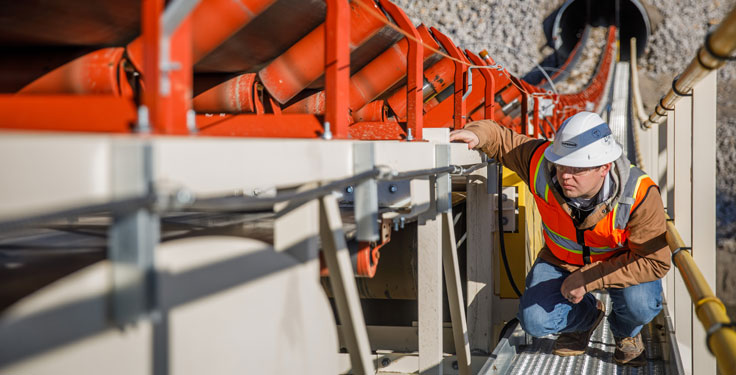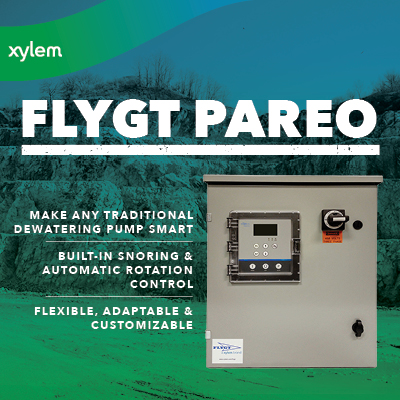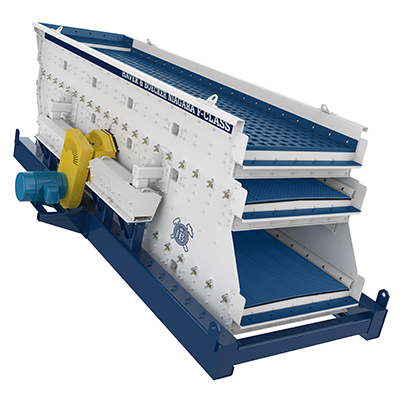To properly prepare conveyors for a winter shutdown, a thorough inspection is essential to identify and address maintenance needs. This will help to prevent costly downtime when operations resume.
Start by checking pulleys for wear, damage or lagging delamination, and schedule repairs or replacements as needed. Inspect idlers while operating, and replace those that have fully failed or ones showing signs of nearing the end. These idlers will be squeaking, growling or exhibiting visible wear.
Additionally, evaluate your impact beds for wear, replacing any worn bars. Perform service on belt cleaners, releasing tension if the conveyor will be idle for an extended period to avoid permanent deformation of components.
Also, be sure to inspect belting for damage or signs of age – especially if cracking or exposed plies are present. Splices should be checked for wear and separation, and resplicing should be done if needed.
Another key step is to remove any material buildup from conveyor and support structures. This will prevent moisture retention and corrosion over the winter months. Ensure proper drainage around the structure, as well.
Finally, allow equipment to cool to ambient temperature before lubricating all points to purge condensation and prevent freeze damage.
Related: Wash circuit debuts from Superior to maximize sand recovery
Joe Gibson is conveyor maintenance specialist at Superior Industries.












